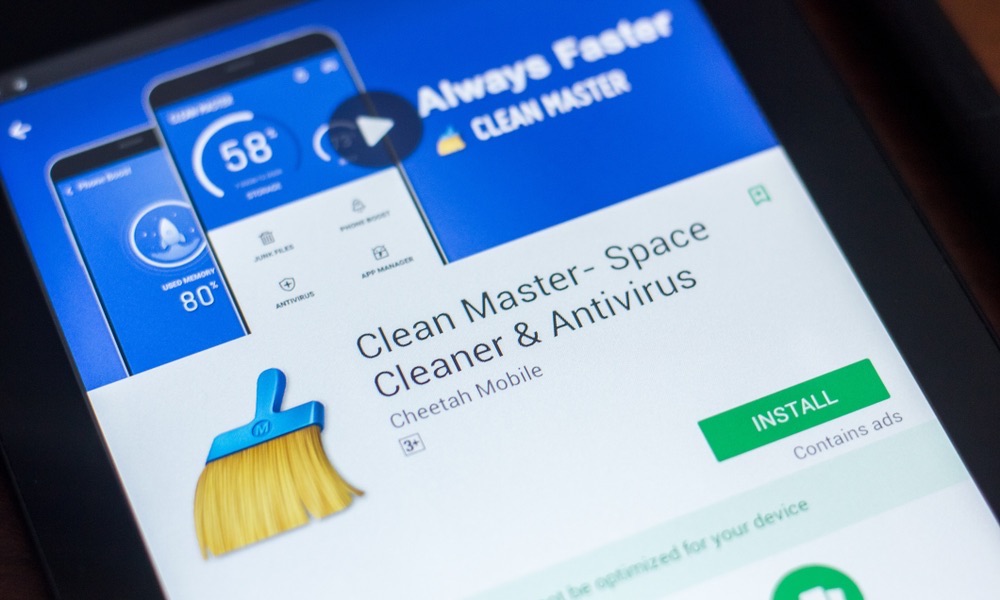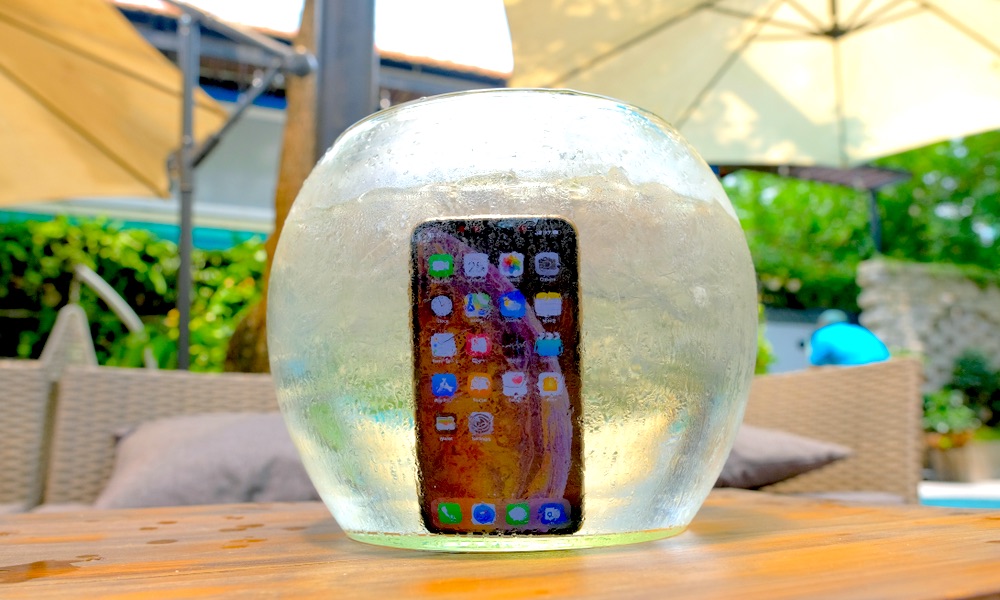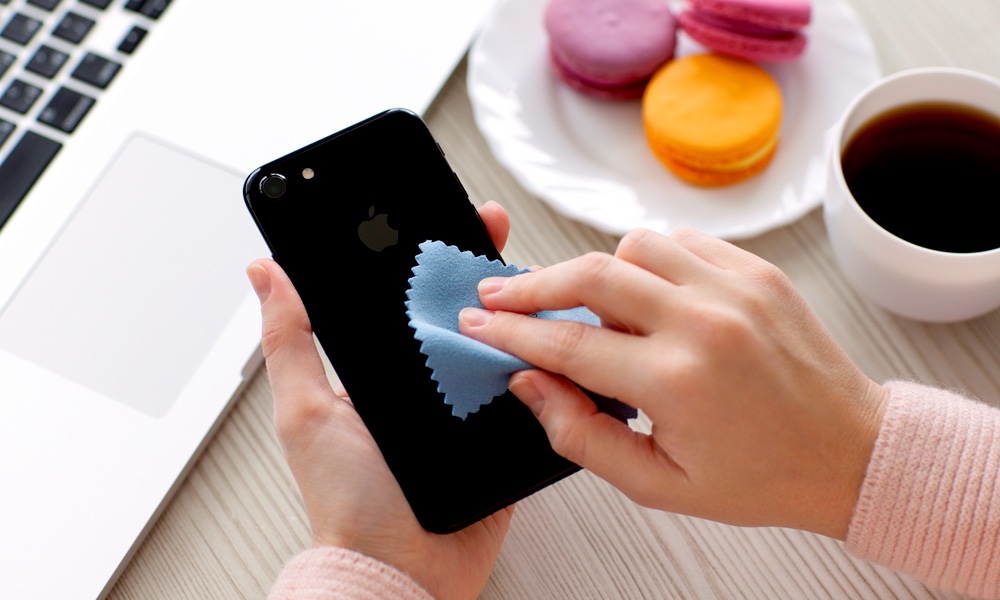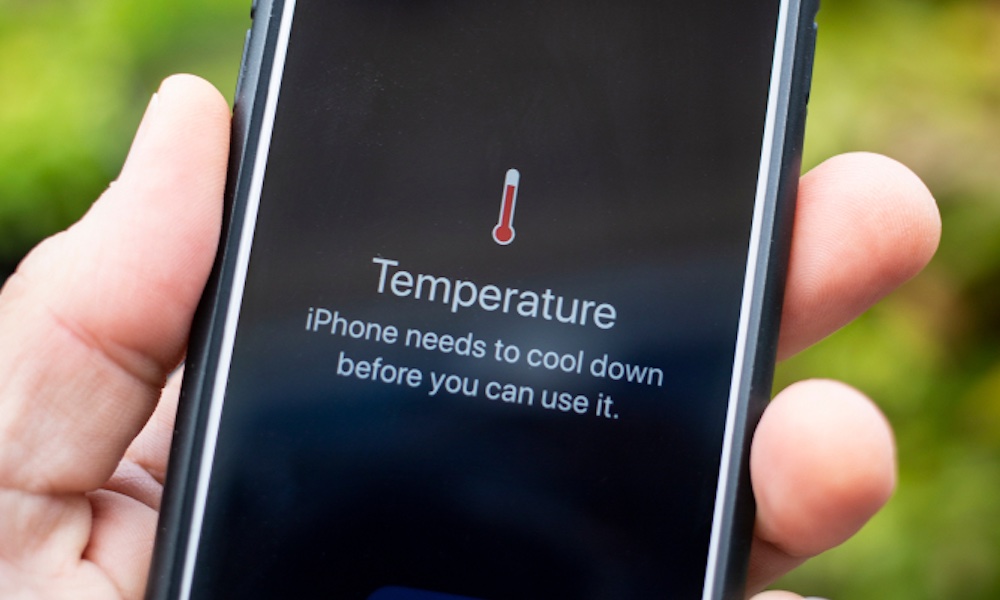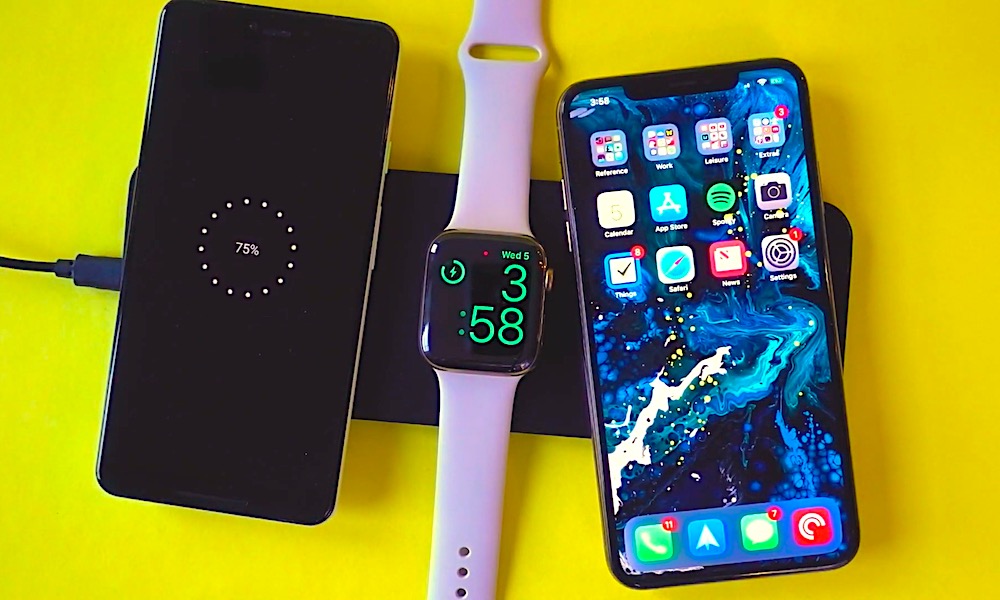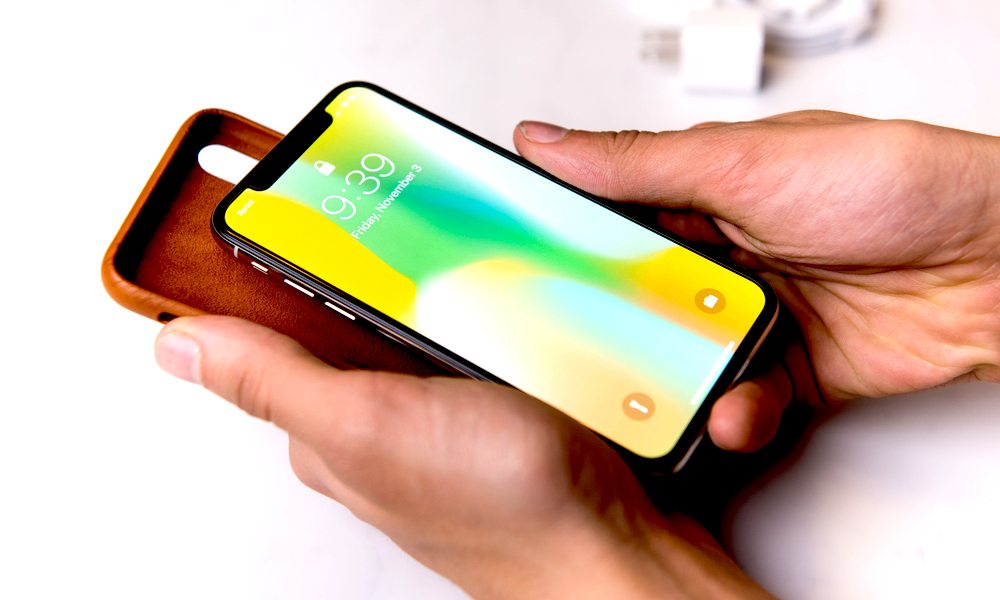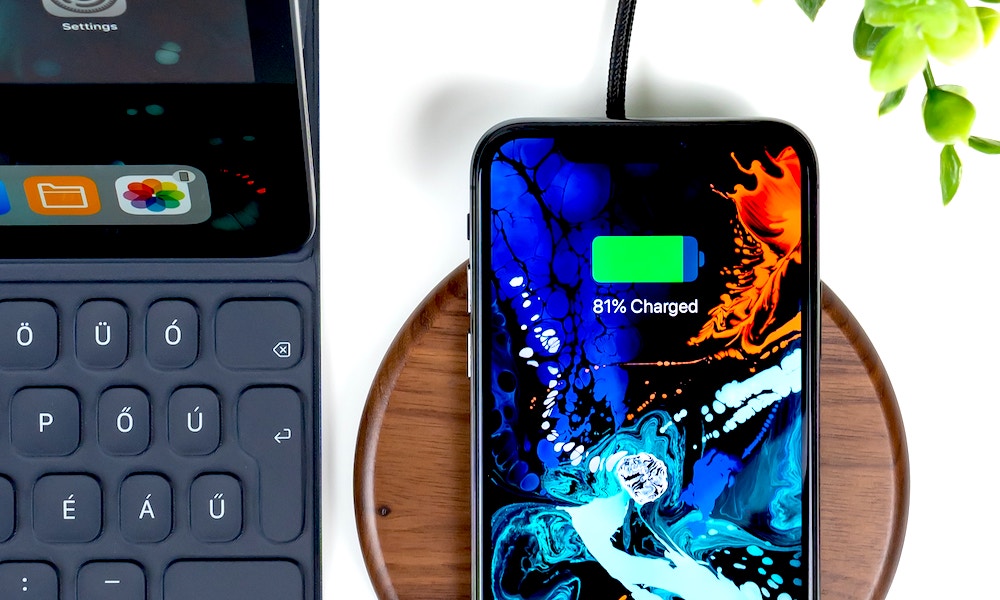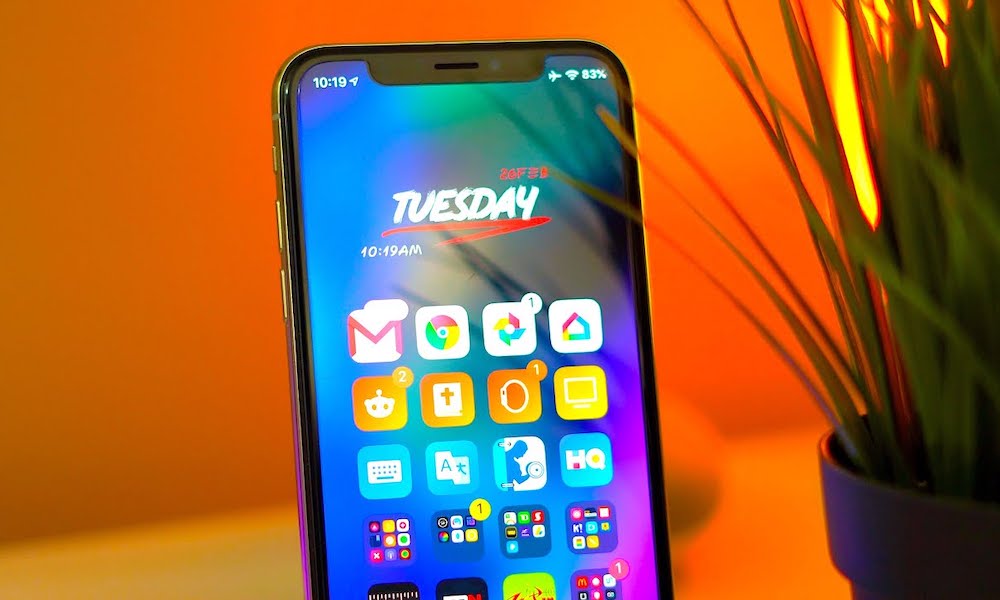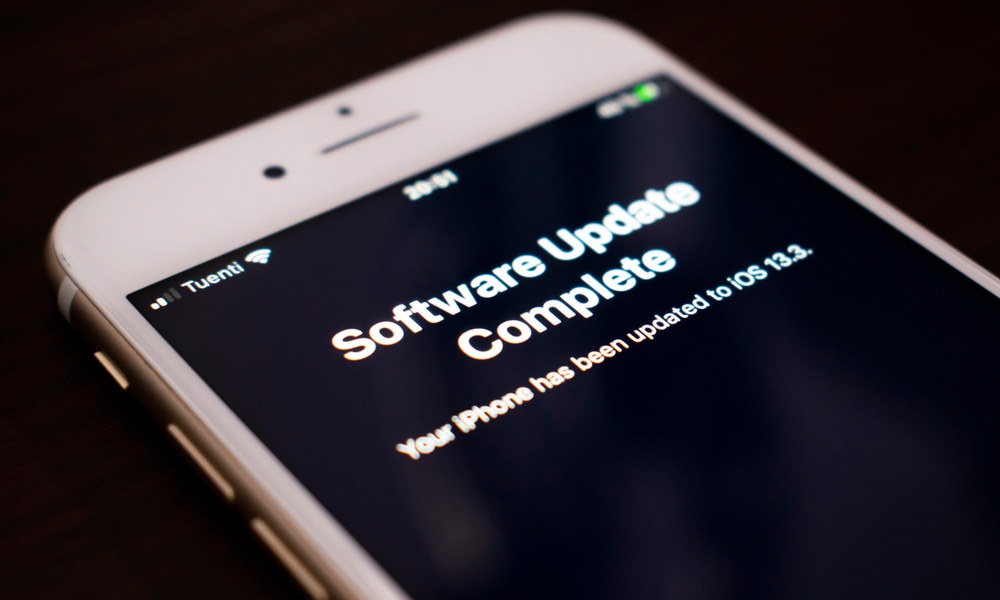9 Mistakes You’re Making That Can Ruin Your iPhone
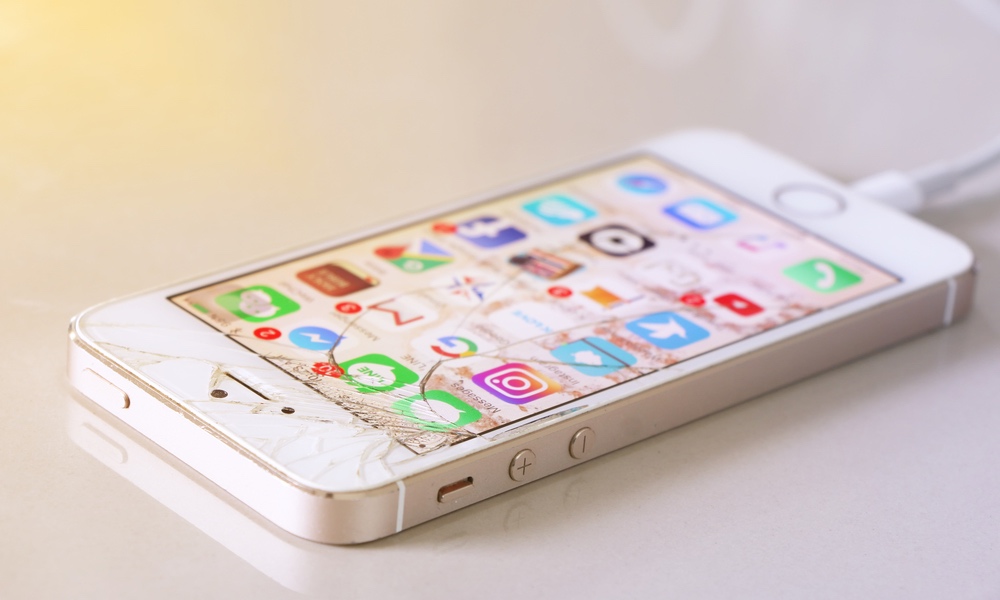 Credit: Esther Purple / Shutterstock
Credit: Esther Purple / Shutterstock
When it comes to smartphones, you may think you know everything there is to know. You keep it charged, you take it with you, and you use it to communicate, connect and work. But there are actually some fairly common smartphone habits that are damaging to your iPhone (or your iPhone experience).
Some of these are fairly obvious, while others may be more hidden. So if you want to keep your iPhone running smoothly for as long as possible, continue reading to learn nine things you may be doing that can ruin your iPhone.
Overloading It with Bloatware
The team behind the iOS App Store’s review process typically does a good job of keeping malicious or shady apps out. But that doesn’t mean there aren’t questionable or useless apps on there.
- Avoid maintenance apps. You don’t need a RAM or battery “booster” app for your iPhone. You also don’t need any antivirus app.
- Be suspicious of apps asking for too many permissions. Some apps can spy on your data or activity, which can threaten your privacy and your battery life.
- Keep your apps to just the necessities. It doesn’t hurt to “spring clean” and delete those never-used apps on your iPhone every now and then.
Going Beyond Its IP Rating
Most modern iPhones have impressive water resistance ratings. That doesn’t mean they’re waterproof, but it does mean that they’ll typically survive a random drop into a swimming pool. But water is still chancy, so keep these tips in mind.
- Don’t take it too deep. The iPhone 11 Pro can survive 4 meters (around 13 feet) for 30 minutes, for example. Don’t test those limits.
- Keep pressure in mind. Depth is one consideration, but pressure is another. Avoid exposing your iPhone to high-pressure water, such as during surfing or jet skiing.
- Don’t forget about steam. Apple recommends avoiding steamy areas entirely, so don’t shower with your iPhone in the bathroom.
Using the Wrong Cleaners
Your iPhone probably carries more bacteria than your toilet seat. But before you rush off to clean it, make sure you aren’t using the wrong products. Cleaning your iPhone with the improper cleaning cloth or chemicals can damage it.
- Use a clean, lint-free microfiber cloth. Anything more abrasive than that could leave scratches in your screen or finish.
- Don’t use chemicals. Some cleaning products can damage your iPhone screen’s protective coating or even reduce its water resistance.
- Go with a UV option. Because it can be tough to tell which cleaners are safe for iPhone use, we recommend going for a non-liquid option like PhoneSoap.
Overexposing It to Heat
Heat and electronics don't get along. And some particularly important components, like an iPhone’s battery, could end up with permanent damage due to overheating. But you can keep your smartphone safe with a few key tips.
- Don’t leave it in direct sunlight or in hot ambient temperatures.
- You’ll also want to avoid using CPU-intensive apps when the iPhone is already hot.
- That goes double when it’s charging. Your iPhone battery is even more sensitive when it’s charging, so try to keep it cool.
- Take off its case if you feel it overheating. Removing your iPhone’s case while charging or when it’s hot will help it dissipate heat more effectively.
Using Low-Quality Chargers
Sure, Apple accessories can be expensive. But cheaper, off-brand chargers can actually end up damaging your iPhone. We always recommend avoiding knockoff or counterfeit hardware whenever possible, as well as keeping these tips in mind.
- Buy an Apple product or an MFi product. You don’t need to go first-party, but don’t buy anything that hasn’t been approved by Apple’s MFi program.
- Be extra vigilant with wireless chargers. Knockoff wireless chargers are poison for your battery’s lifespan. Buy high-quality ones or just avoid them.
Not Using a Screen Protector or Case
Like everything else on Apple’s iPhones, the glass used in their construction have steadily improved over the years. While they’re fairly drop- and scratch-resistant now, they’re not invulnerable to scratches or shattering.
- Buy a good screen protector. Despite having the newest version of Gorilla Glass, iPhones are still prone to scratching from car keys or beach sand.
Pop a good case on it. You don’t have to get a bulky case. Find one that suits your needs and know that something is better than nothing. - … But still avoid dropping it. Sure, no one means to drop their iPhone. But even with a case, a drop can result in internal damage that isn’t visible on the outside. Try your hardest to avoid it.
Keeping the Battery Charged or Depleted
There’s a lot of conflicting information on good charging habits, but "ideally," you’ll want to keep your iPhone around the 50 percent charge mark as much as possible. Typically, that means a couple of things.
- Don’t leave your iPhone fully charged for too long. You don’t need to worry too much about this, but leaving it plugged in for truly extended periods isn’t advisable.
- Don’t leave it depleted for too long. Have an old iPhone in a drawer somewhere? Make sure to charge it up and use it once in a while.
- Switch on Optimized Battery Charging. This could help increase your battery’s longevity by putting a pause on charging at the right moments when you’re sleeping.
Jailbreaking Your iPhone
Sure, some recent jailbreaks have made headlines in the past few months. But unless you have a valid reason to download and test a jailbreak, it’s best to just avoid them.
- Jailbreaking can lead to a less stable iPhone.
- The process also renders your device ineligible for future software updates.
- It weakens your device’s security, since it overrides iOS’s sandboxing and many jailbreaking-related apps are loaded with malware.
Not Updating It
Keeping your iPhone’s software up-to-date is one of the best things you can do to keep it running smoothly and securely. Not installing updates can lead to buggy performance or vulnerability to serious security flaws.
- Check for updates regularly. Download the latest iOS update whenever possible, as well as the latest carrier settings update.
- Switch on automatic updates. Head over to Settings > General > About > Software Update. Make sure Automatic Updates is On.
- Don’t forget about your apps. Third-party apps can suffer from bugs and security vulnerabilities, too. Make sure to keep all of your apps updated alongside iOS.

